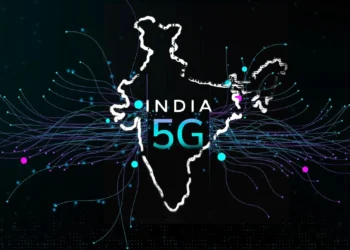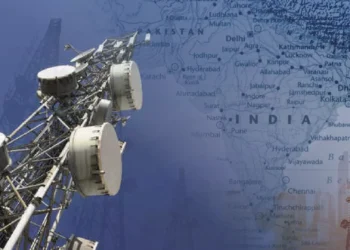In this note, I plan to do a detailed analysis of the various auctions which have taken place in India since 2010. This is an updated and modified version of the earlier article written by me on 15th May 2016, titled “The Story of Spectrum Auction“. During this process, I will also try to investigate how auction design has led to a disproportionately increasing spectrum prices in India. To facilitate this process, I have aggregated the auction data in a specific format uniform across all bands. The description of this format is as under.
The column “1” lists the % AGR distribution across all the circles. The column “2” maps the circles to a specific row. The columns aggregated under “3” is a summary of the last rounds numbers till which an operator has placed a positive bid in any circle. The closer this number to the final round (117) the higher is the “operator’s interest” in acquiring spectrum. The row at the bottom for this block measures the “overall operator’s interest” in the auction by evaluating the ratio of Pan-India weighted average (using AGR % distribution) of all the last rounds with the total number of rounds in the auction (in this case 117). The columns aggregated under “4” is a summary of the total number of bids placed by an operator in a specific circle. More the number of bids, the higher is the operator interest in winning spectrum in that specific circle. The row at the bottom of this block measures the “overall operator’s interest” by calculating the ratio of the weighted average of all bids placed with the total number of rounds in the auction. The columns aggregated under “5” lists the total spectrum won by the operators in respective circles. The row at the bottom of this block is the Pan-India weighted average of spectrum won by an operator. The columns under “6” list the overall inventory of spectrum offered by the government to the operators. The column “7” is the ratio of the final auction price to the reserve price. The final column “8” lists the distribution of auction value (% of the Pan-India value) across circles.






